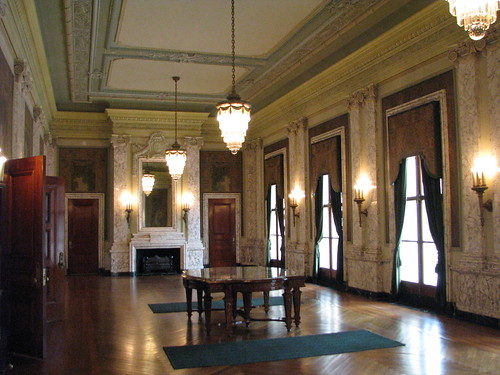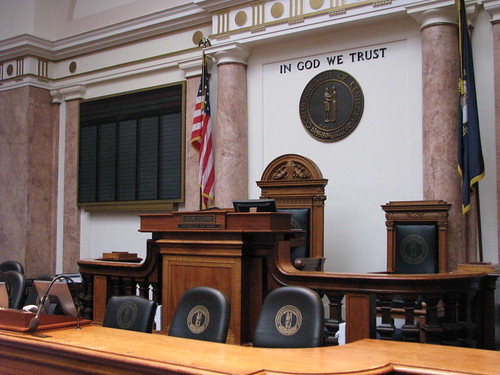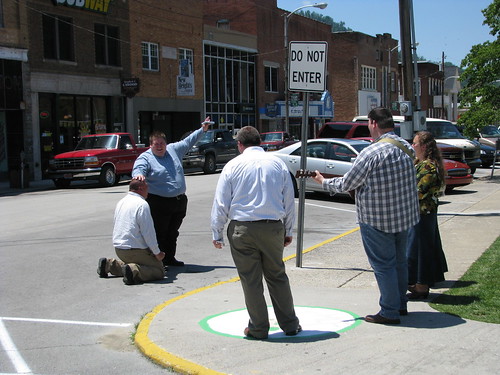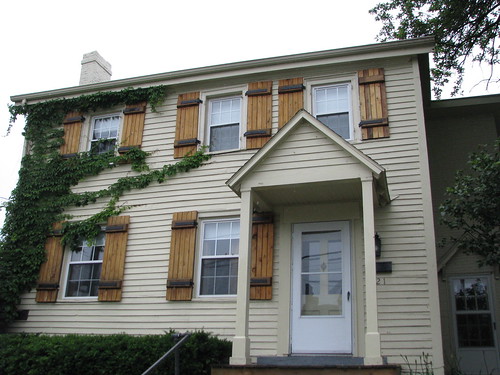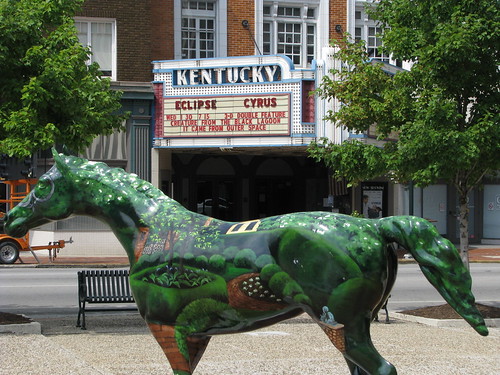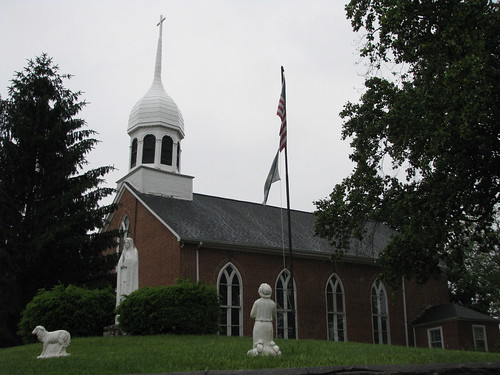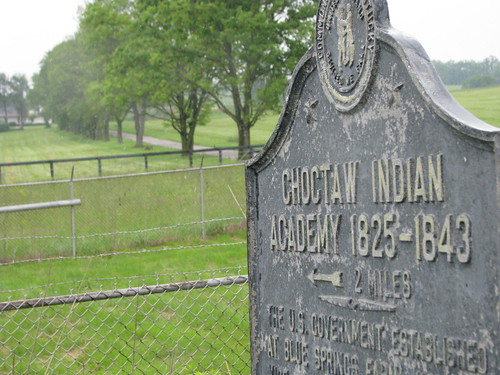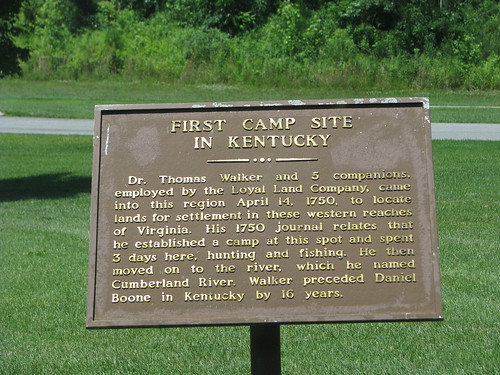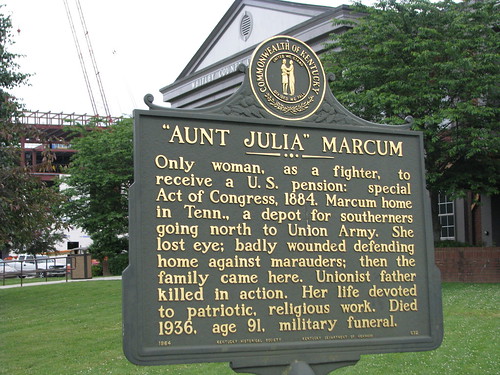 |
| Historic Marker, Williamsburg, Ky. |
According to the Kentucky Encyclopedia, Julia Ann Marcum was raised in Tennessee. Her family sympathized with the Union cause and for this their home was attacked in September 1861. Julia fought off a Confederate soldier with an ax until her father shot the soldier dead, but during this fight Julia was badly wounded. Although she worked for a time as a schoolteacher, she ultimately became permanently disabled as a result of her war wounds. She moved to Williamsburg upon her retirement and became the only female ever admitted to the Grand Army of the Republic. Historic Marker #672 reads:
Only woman, as a fighter, to receive a U.S. pension: special Act of Congress, 1884. Marcum home in Tenn., a depot for southerners going north to Union army. She lost eye; badly wounded defending home against marauders; then the family came here. Unionist father killed in action. Her life devoted to patriotic, religious work. Died in 1936, age 91, military funeral.

